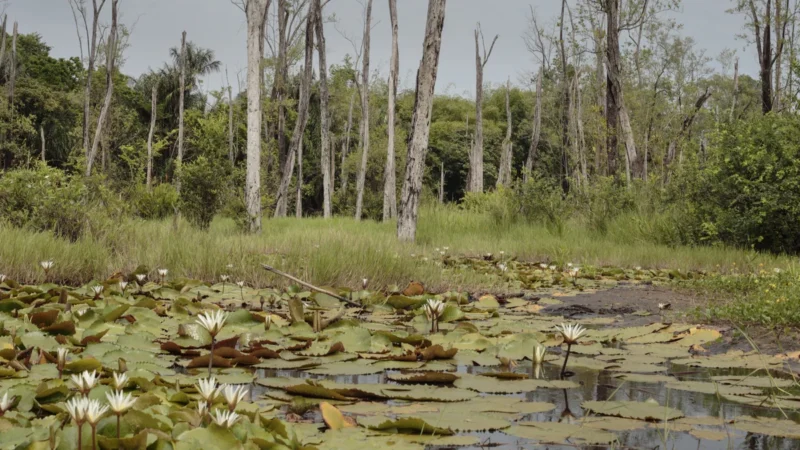Classification of Ecosystems: How Many Distinct Types are there Globally?

Ecosystems are dynamic and diverse ecological communities that exist on Earth. They encompass various habitats, organisms, and environmental factors. Understanding and classifying ecosystems are essential for studying and conserving biodiversity. In this article, we delve into the classification of ecosystems and explore the number of distinct types found globally.
Understanding Ecosystems
Ecosystems comprise living organisms (biotic components) and their physical surroundings (abiotic components). They can be terrestrial, aquatic, or a combination of both. Each ecosystem possesses a unique set of organisms and environmental conditions, such as temperature, rainfall, soil type, and sunlight availability. Ecosystems range from deserts and forests to coral reefs and wetlands, each hosting diverse flora and fauna. Studying and classifying ecosystems allow scientists and conservationists to gain insights into the functioning and conservation needs of these complex systems.
Ecosystem Classification
The classification of ecosystems is based on their physical characteristics, dominant species, and the interactions between organisms and the environment. Numerous classification systems have been proposed, each emphasizing different aspects. One widely recognized classification is developed by the World Wildlife Fund (WWF) known as ecoregions. Ecoregions are large areas with distinct ecological communities and species composition.
The WWF’s ecoregion classification divides the world into 14 terrestrial and 9 freshwater realms. These realms are further divided into 867 ecoregions, encompassing a range of ecosystems such as tropical rainforests, savannas, tundra, and wetlands. Each ecoregion represents a unique combination of climate, geology, and species assemblages. This classification helps identify regions with high conservation value and facilitates targeted conservation efforts.
Number of Distinct Ecosystem Types
Determining the exact number of distinct ecosystem types globally is a complex task due to the inherent variability and interconnectedness of ecosystems. While the WWF’s ecoregion classification provides a valuable framework, it is not the only approach. Other classification systems, such as biomes or habitat types, may result in different numbers.
However, it is estimated that there are thousands of distinct ecosystem types around the world. This wide variety reflects the incredible biodiversity found on Earth. From the lush Amazon rainforest to the icy expanses of Antarctica, each ecosystem plays a vital role in maintaining the planet’s ecological balance.
In addition to ecoregions, another classification system often used is the concept of biomes. Biomes are large-scale ecological regions characterized by similar climatic conditions and vegetation types. The commonly recognized biomes include tropical rainforests, temperate forests, grasslands, deserts, and polar regions. Each biome further encompasses various ecosystems with specific adaptations and species compositions.
Key Takeaways
Ecosystems are diverse and complex, ranging from forests to deserts, and from coral reefs to grasslands. The classification of ecosystems helps us understand the unique characteristics and biodiversity of different regions globally. While the exact number of distinct ecosystem types may vary depending on the classification system, it is clear that the Earth hosts an extraordinary array of ecosystems, each deserving of protection and conservation efforts.
FAQs related to the Classification of Ecosystems
What is an ecosystem?
Learn about the definition and components of ecosystems, including living organisms and their physical surroundings.
Why is ecosystem classification important?
Understand the significance of classifying ecosystems for studying biodiversity and implementing effective conservation strategies.
How are ecosystems classified?
Explore different classification systems used, such as ecoregions and biomes, based on factors like physical characteristics and dominant species.
How many distinct ecosystem types are there globally?
Discover the estimated number of distinct ecosystem types worldwide, although the exact count can vary depending on the classification approach.
What is the World Wildlife Fund’s ecoregion classification?
Learn about the WWF’s widely recognized ecoregion classification, which divides the world into terrestrial and freshwater realms and further into specific ecoregions.
How can ecosystem classification help conservation efforts?
Understand how classifying ecosystems aids in identifying regions of high conservation value, enabling targeted conservation efforts for preserving biodiversity.


